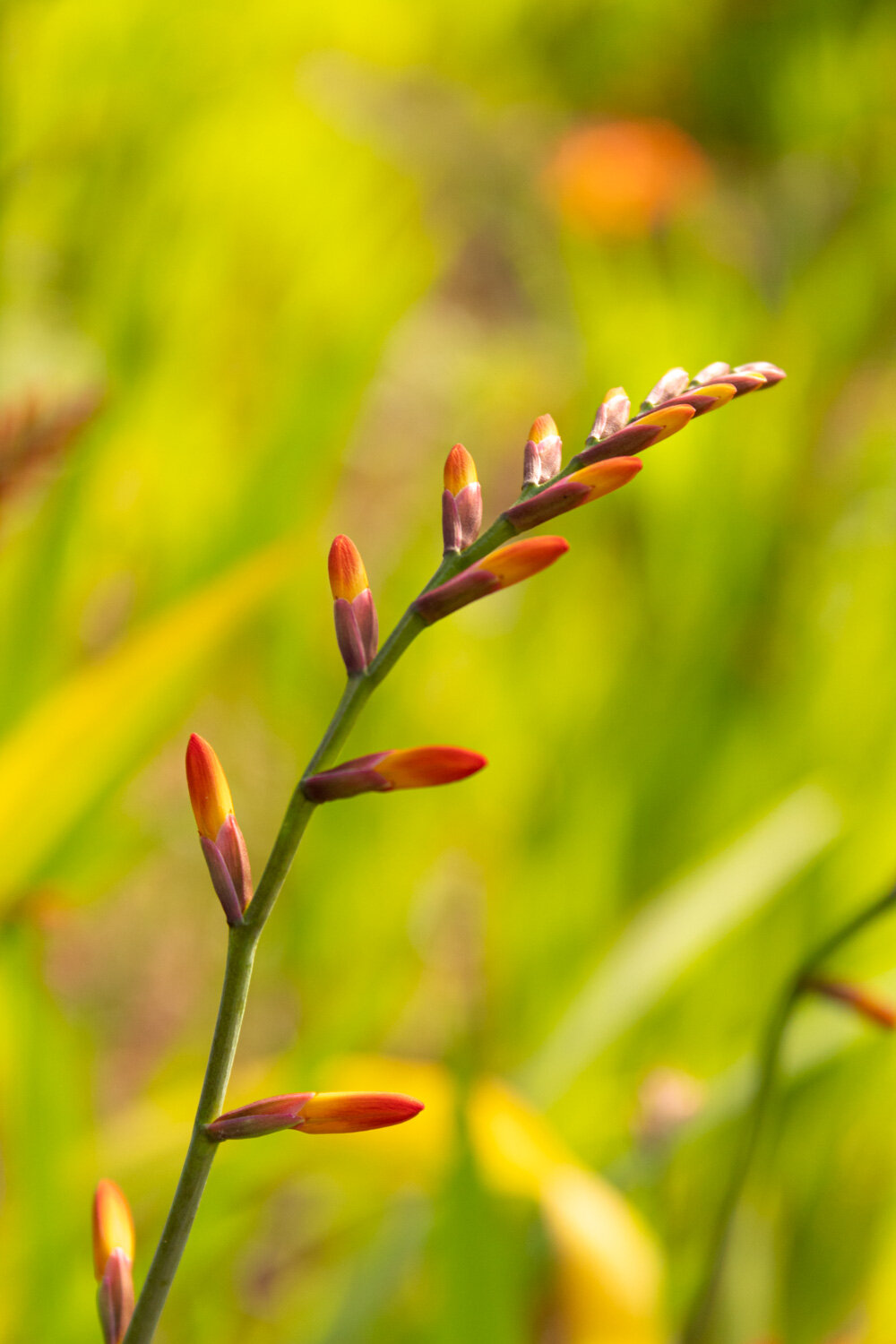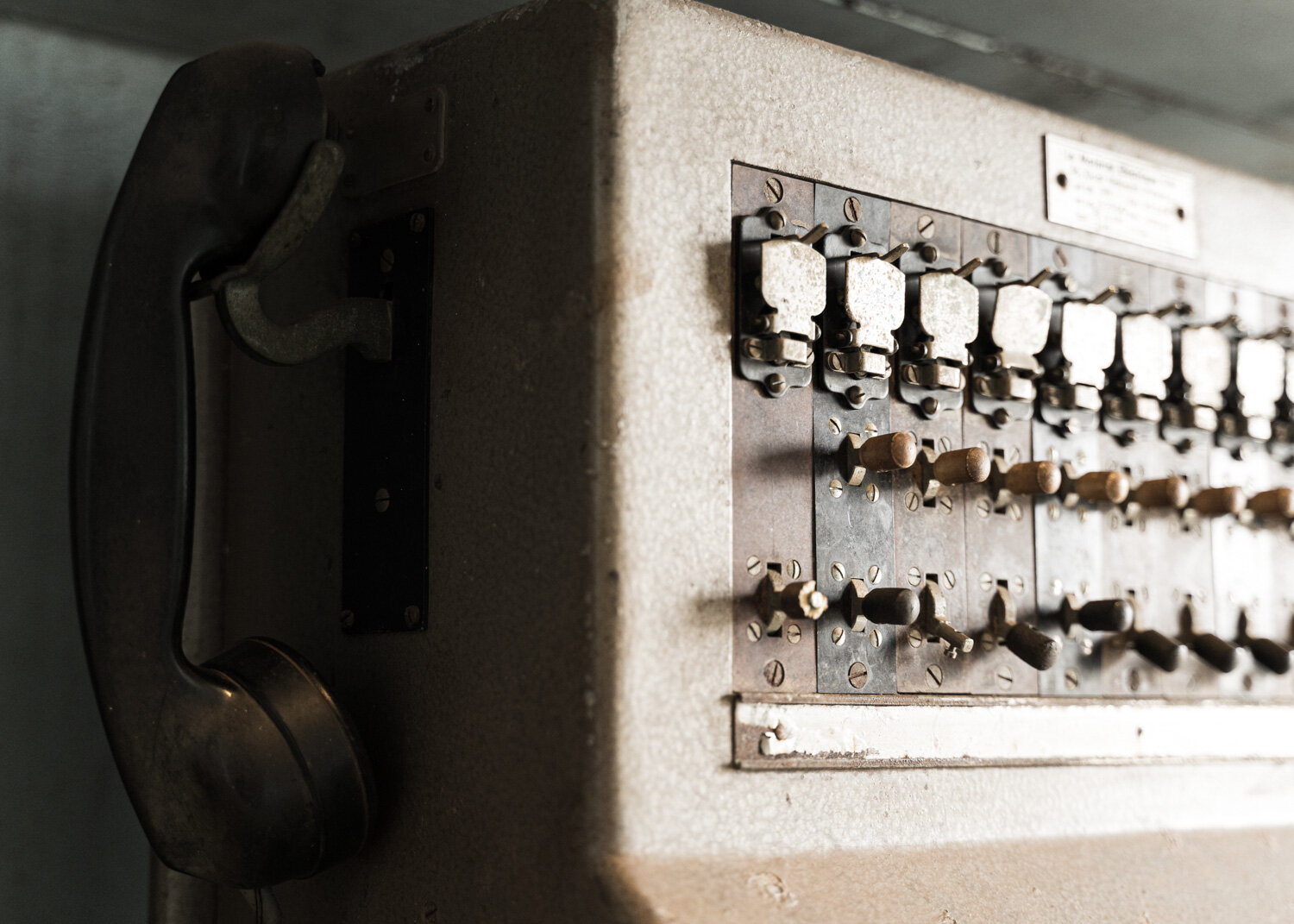The Drehu Village hotel offers a couple of suites and 28 bungalows. They’re clean, comfortable, spacious and quiet. The bar area, just off to the right of this photo, doubles as the breakfast area. The restaurant, to the left with the green and purple lights, serves delicious and beautifully presented meals made from fresh, local ingredients. And of course, a pool. The staff are kind and their services efficient. Different activities are also available along the gorgeous beach of Chateaubriand Bay, where the hotel is located. Nothing bad to say about this hotel, really. You can even get good deals all year round.
This is a HDR (High Dynamic Range) image comprising of five exposures of two to thirty seconds. They were taken with a great little point & shoot camera, the Panasonic Lumix LX100. I’d bought it, after I had all my gear stolen, just to have a small camera to shoot with while saving for a DSLR. And yes, I photographed the wedding with it. Back to the image, composition-wise, I should’ve framed to the right a touch to included more of the bar area. And also towards the end of blue hour for a more pleasing image with the complimenting colour in the sky. Apart from those things I’m quite happy with it and quite surprised at the quality of the end image. The five long exposures were blended and edited in Lightroom with a number of local adjustments. Clarity and highlights on the wood panels in the foreground and the swimming pool. Colour correction at the bar and the restaurant. And a bit of Defringe in the sky and the roofs. I’m pretty happy with this image.
The Panasonic Lumix LX100 has it’s limits but within them, it produces amazingly good images which means you can take great photos with it. It’s got full manual controls, a Leica lens and can shoot 4K video. This camera is great for someone who’s looking for a fairly compact, point & shoot system and would like to get off Auto and into Manual shooting. Or even someone who shoots Manual but wants a compact point & shoot camera. Looks pretty stylish too, in my opinion.
So, I hope everyone’s is dealing well with confinement and using this time to improve your skills in whatever you’re interested in or learning new skills. There’s no better time for it. Starting tomorrow, here in New Caledonia, we’re slowly coming out of auto-confinement. Great for morales and the economy. But, that doesn’t mean everything is back to normal. On the contrary, it is more important than ever to follow the strict measures or protection. The distance between each other, washing our hands regularly for at least 20 seconds, coughing or sneezing into our elbows and, if possible, wear a mask. Any mask. And please, protect yourself, those you love and others by staying safe at home.




































































